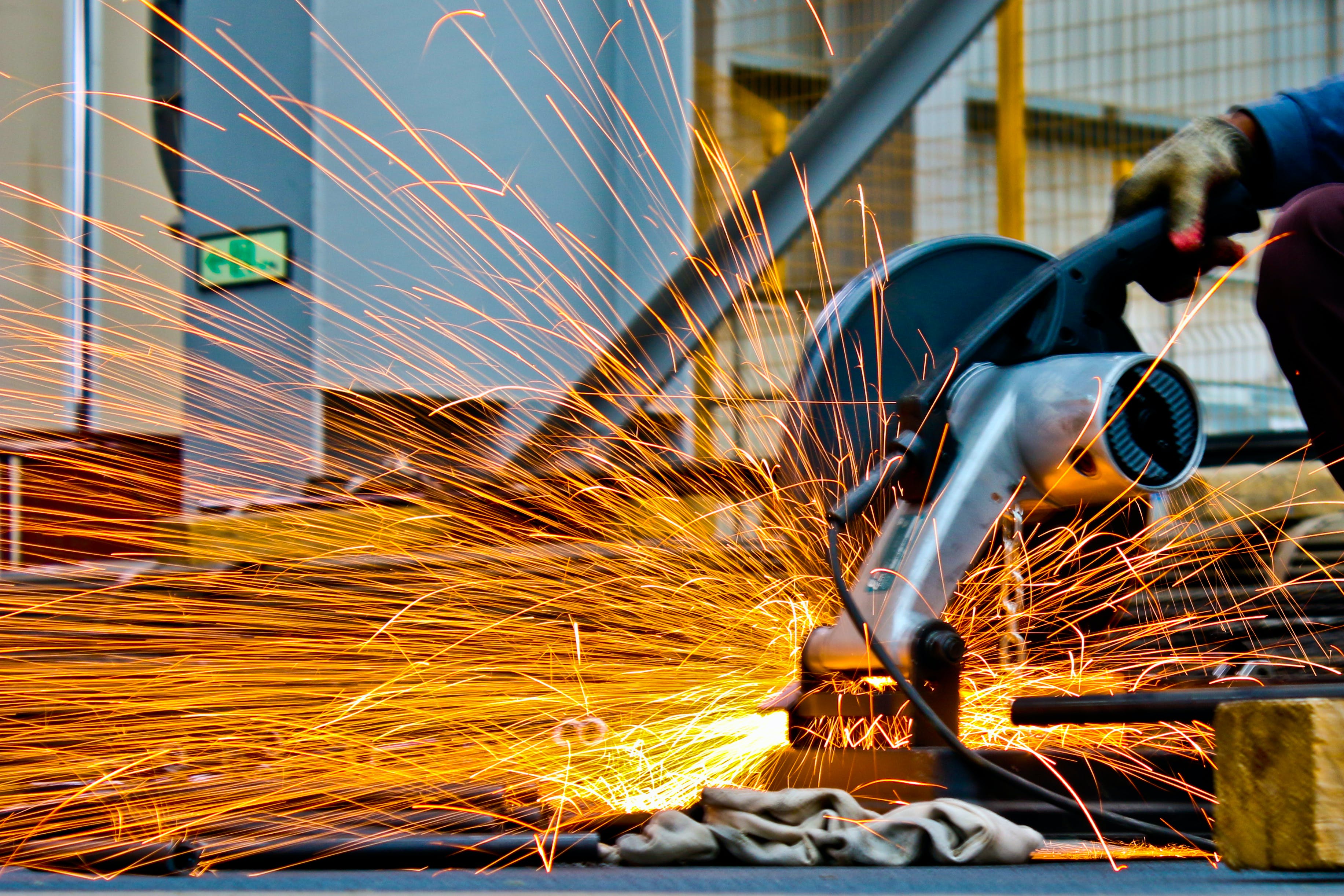Weicome Inquiry!
Basic Information
Test Item
Test Standards
Test Data
Molecular weight and distribution
GPC
Mw=12~16*104.PDI=2.0~3.0
Glass transition temperaturehttps://www.yangchentech.com℃
DSC
160~210℃(Adjustable)
Initial decomposition temperaturehttps://www.yangchentech.com℃
TGA
395-405℃
Density
ASTM-D792
1.00~1.15ghttps://www.yangchentech.comcm3
Appearance
NG
| Off-white powder
1.Why is standard ABS heat resistant?
ABS’s modest heat resistance limit stems from its molecular structure. As an amorphous material, it has no clear melting point—above the glass transition temperature (about 100°C), it softens. Even under moderate loads, unreinforced ABS deforms by about 1% at about 88-98°C. This is consistent with industry data: standard ABS can only be used continuously at temperatures around 80°C. In fact, once ABS approaches 100°C, it “becomes very soft and cannot hold its shape under pressure.” Its rubbery butadiene phase (Tg about -90°C) has good impact toughness, but no heat resistance. In short, ABS’s styrene-acrylonitrile matrix is not rigid enough at high temperatures to maintain mechanical properties. As one review notes, ABS’s thermal stability is “quite low,” which limits its use in high-temperature environments, such as unreinforced automotive interiors.
2. Strategies to improve ABS’s thermal performance
To overcome these limitations, engineers have used several strategies:
- High-temperature alloys (polymer blends): Blending ABS with engineering plastics with higher Tgs can improve overall heat resistance. For example, ABShttps://www.yangchentech.comPC alloys (ABS combined with polycarbonate) can be made into materials with higher HDTs than ABS alone. Such blends generally improve tensile strength and stiffness, as well as thermal stability. For this reason, ABS-PC filaments are popular in the 3D printing community.
- Reinforced composites: Adding inorganic fillers can significantly increase ABS’s HDT. Glass fibers are particularly effective—about 30% glass fiber filler can increase ABS’s heat distortion temperature (HDT) by about 40°C (e.g., from about 90°C to about 130°C) by forming a thermally stable network. Talc or mica fillers can slightly increase the heat distortion temperature (about 10-15°C) by forming a heat-insulating layer. These reinforcements also increase stiffness, but may reduce impact strength.
- Heat stabilizers: Additives such as hindered phenol antioxidants or organometallic stabilizers can slow down the thermal oxidation of ABS, extending its service life at high temperatures. Flame retardant additives (bromine-based or phosphorus-based) not only reduce flammability but also enhance thermal stability, thereby increasing the distortion temperature of ABS.
- Annealing and processing: Careful processing (such as annealing molded parts) can relieve internal stresses and improve heat distortion performance. Optimizing mold design and curing conditions can also help parts withstand higher service temperatures.
| | | | | | | | | | | | | | | | | |

